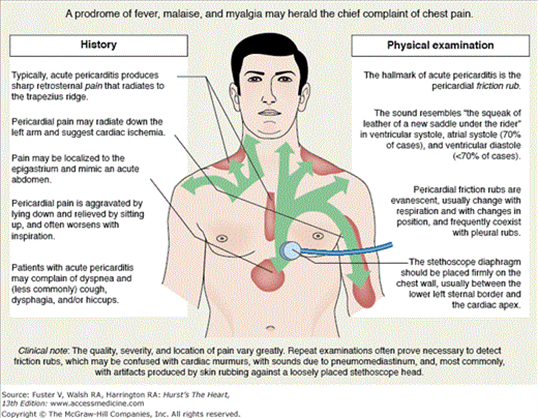A nurse is administering potassium chloride via IV infusion to a client who has severe hypokalemia. Which of the following actions should the nurse take?
Check the infusion site at least every 4 hr.
Start the infusion at 30 mEq/hr.
Assess the client for a positive Chvostek sign.
Monitor the client for adequate urine output.
The Correct Answer is D
Monitor the client for adequate urine output.
When administering potassium chloride via IV infusion to a client who has severe hypokalemia, it is important for the nurse to monitor the client’s urine output to ensure that their kidneys are functioning properly and that they are able to excrete excess potassium.
Choice A is incorrect because the infusion site should be checked more frequently than every 4 hours.
Choice B is incorrect because the maximum recommended rate of infusion for potassium chloride is 10 mEq/hr.
Choice C is incorrect because Chvostek’s sign is used to assess for hypocalcemia, not hypokalemia.
Nursing Test Bank
Naxlex Comprehensive Predictor Exams
Related Questions
Correct Answer is {"xRanges":[101.765625,141.765625],"yRanges":[263.609375,303.609375]}
Explanation
A pericardial friction rub is highly specific for acute pericarditis and is generally heard over the left sternal border.
It is often louder at inspiration but sometimes can be better heard on forced expiration while the patient bends forward.
Choice A is not the answer because it does not correspond to the left sternal border.
Choice B is not the answer because it does not correspond to the left sternal border.
Choice D is not the answer because it does not correspond to the left sternal border.

Correct Answer is C
Explanation
Prealbumin is a protein that is produced by the liver and is used as a marker of nutritional status.
It has a short half-life, so changes in pre albumin levels can reflect recent changes in nutritional status.
Monitoring pre albumin levels can help assess the effectiveness of total parenteral nutrition.
Lipase is an enzyme that is produced by the pancreas and is not used to monitor overall nutritional status.
B) C-reactive protein is a marker of inflammation and is not used to monitor overall nutritional status.
D) Creatinine is a waste product that is produced by muscle metabolism and is not used to monitor overall nutritional status.
Whether you are a student looking to ace your exams or a practicing nurse seeking to enhance your expertise , our nursing education contents will empower you with the confidence and competence to make a difference in the lives of patients and become a respected leader in the healthcare field.
Visit Naxlex, invest in your future and unlock endless possibilities with our unparalleled nursing education contents today
Report Wrong Answer on the Current Question
Do you disagree with the answer? If yes, what is your expected answer? Explain.
Kindly be descriptive with the issue you are facing.
